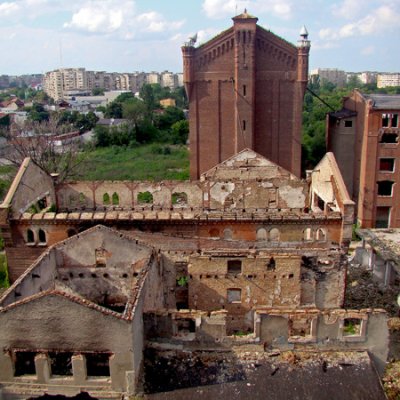
Moara lui Assan (Assan's Mill)
- 1.6 km from Ghica Tei Palace
Moara lui Assan (Assan's Mill) is a historic monument located in Sector 2 of Bucharest, known as the first steam-powered mill in Romania. Built in 1853 by entrepreneur George Assan, the mill was a major milestone in the country’s industrialization.
Over the years, the industrial complex expanded, becoming one of Bucharest’s most important grain pro...








